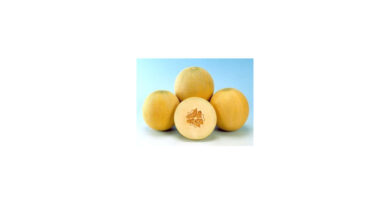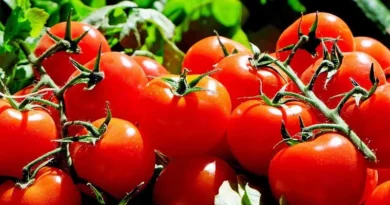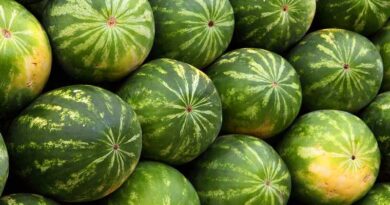Most grown grape variety in India is Thompson Seedless followed by Tas-e-Ganesh and 2A-Clone
16 February 2024, New Delhi: Grapes, scientifically known as Vitis vinifera, are cultivated in temperate to warm regions, with hot and dry climates being ideal for their growth. In India, grapes exhibit a diverse range of characteristics, including different colors, sizes, and seed varieties. The country boasts a wide array of grape varieties, grown at elevations above 250 meters above sea level. With advanced packhouse facilities and rigorous quality control measures, Indian grapes ensure consumer safety and satisfaction. In this article, we will delve into the popular grape varieties cultivated in India, showcasing their unique qualities and contributions to the country’s grape industry.
Varieties of Grapes:
India cultivates over 20 grape varieties, but the commercial production primarily focuses on a dozen of them. These varieties can be categorized based on color and seed characteristics. Let’s explore the four main categories of grape varieties found in India:
1. Colored and Seeded Varieties:
Bangalore Blue: This variety is known for its deep blue color and presence of seeds. It offers a rich, traditional grape flavor.
Gulabi (Muscat): Gulabi grapes are colored and seeded, known for their aromatic and sweet taste.
2. Colored and Seedless Varieties:
Beauty Seedless: These seedless grapes have an attractive color and offer a balanced blend of sweetness and tartness.
Sharad Seedless: Sharad Seedless grapes are vibrant in color and known for their crisp texture and refreshing taste.
3. White and Seeded Varieties:
Anab-e-Shahi: Anab-e-Shahi grapes are white and seeded, characterized by their large size and delightful sweetness. They are often referred to as the “King of Grapes.”
Dilkhush (clone of Anab-e-Shahi): Dilkhush grapes share similar attributes to Anab-e-Shahi, with a white color and seeds.
4. White and Seedless Varieties:
Perlette: Perlette grapes are seedless and have a beautiful white color. They are known for their juicy texture and mild sweetness.
Pusa Seedless: Pusa Seedless grapes offer a refreshing taste, combining a slight tanginess with a delicate sweetness.
Thompson Seedless and its Clones (Tas-A-Ganesh, Sonaka, and Manik Chaman): Thompson Seedless is the most prevalent grape variety in India, accounting for a significant portion of grape production. It is seedless and offers a crisp texture and a balanced sweet flavor. Its clones, including Tas-A-Ganesh, Sonaka, and Manik Chaman, share similar characteristics.
Thompson Seedless Dominance:
Thompson Seedless is the leading grape variety in terms of cultivation area, occupying approximately 78.96% of the total grape-growing area in India. Other prominent varieties include Tas-e-Ganesh and 2A-Clone, occupying 4.5% and 3.5% of the area, respectively.
Areas of Cultivation:
The major grape-growing states in India are Maharashtra, Karnataka, Tamil Nadu, and Mizoram. Maharashtra holds the top position in grape production, accounting for over 70% of the total production and boasting the highest productivity in the country. Karnataka is the second-largest producer, contributing 25% to the grape production market.
India’s Grape Industry:
Grapes hold significant importance in India’s fruit production sector, occupying an area of 161.91 thousand hectares, which accounts for 2.30% of the total fruit production area. India is also a major exporter of fresh grapes to the world market. In the year 2022-23, the country exported 267,950.39 metric tons of grapes worth Rs. 2,543.42 crores (approximately 313.70 USD million). The major export destinations for Indian grapes include the Netherlands, Bangladesh, the United Arab Emirates, the United Kingdom, and Russia.
The diverse and flavorsome grape varieties cultivated in India contribute to the country’s thriving grape industry. From colored and seeded to white and seedless varieties, Indian grapes offer a range of options to delight consumers both domestically and internationally. With their distinct flavors, textures, and colors, these grapes are the result of meticulous cultivation practices and quality control measures. As India continues to expand its grape production and export capabilities, these varieties showcase the country’s rich agricultural heritage and its ability to offer top-quality grapes to the global market.
Also Read: Freight subsidy to promote agri products export from India
(For Latest Agriculture News & Updates, follow Krishak Jagat on Google News)















